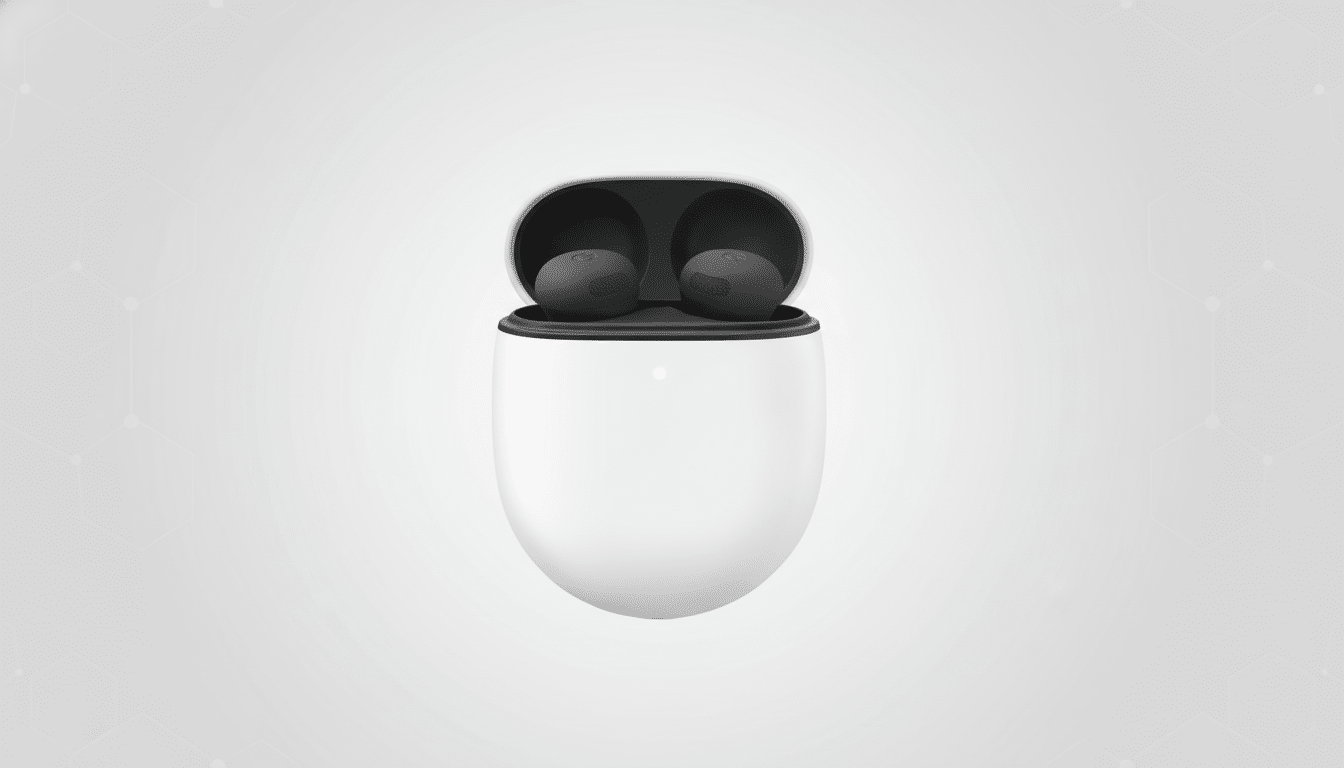Google has discreetly added a consumer-friendly alteration to its audio catalogue by introducing single earbuds, replacement charging cases, and eartips for the newest Pixel Buds directly to the Google Store.
For Pixel Buds Pro 2 and Pixel Buds 2a, shoppers are now able to swap out just a single piece when they lose or break one, rather than having to go through a support flow or purchase an entirely new pair.

Why the Sale of Single Buds Matters to Consumers
True wireless earbuds are one thing that you can bet on getting lost in a pocket or under a couch cushion or somewhere in your gym bag — and having to replace an entire kit because of one missing piece always seemed wasteful.
By offering individual parts for sale on the storefront, Google takes friction out of the process for owners who only want one earbud or a new case. That means lower costs, less e-waste, and fewer orphaned accessories taking up space in drawers.
It also dovetails with more generic consumer preferences. We are treating earbuds like wear parts, as tips wear down, batteries age, and accidents occur. Simplifying replacements also reflects how people really use these products in practice.
What You Can Buy and How Much It Will Cost
A single earbud will set you back $70 for the Pixel Buds Pro 2 or roughly $55 for Pixel Buds 2a owners. Replacement charging cases are priced at about $95 for the Pro 2 and $55 for the 2a; a set of eartips will be around $20 with either model. It doesn’t show up on a dedicated replacements page: these parts are interspersed with other accessories across the Google Store.
Previously, such items were available through a self-service support form, which worked but was slower and lacked pricing transparency. Storefront accessibility and color choices are also readily visible.

How This Stacks Up to Rivals and Competitors
For a long time, Apple has offered single AirPods and cases, but getting them generally involves jumping into a support portal rather than clicking on your local retail listing. Recent Apple support prices have ranged from about $89 for an individual premium earbud and $69 for a standard model; charging cases, in turn, cost about $99 or $69. Exposing more of Google’s parts as regular accessories lowers the friction now present in some competitive ecosystems.
There are also some outliers pushing harder on repairability. For example, Fairphone’s modular Fairbuds are designed with replaceable batteries for user servicing — setting a high bar on longevity in the category. Google’s approach doesn’t go that far, but it is a sensible step with appealing practical effects for most owners.
A Small Victory For Repairability And Waste
The individual-parts listing falls into a trend: recent Google hardware has exhibited an uptick in repairability, from a Pixel 10 that’s slightly more serviceable to home-repair options for the announced-for-2025 Pixel Watch 4. The company’s pivot aligns with the force of right-to-repair movements taking hold everywhere from California to the European Union, where policymakers are pushing manufacturers toward longer-lasting products and easier spare access.
There’s an environmental angle, too. The world produced an estimated 62 million metric tons of e-waste in 2022, according to the United Nations University’s Global E-waste Monitor, and only a small proportion was collected and recycled. Allowing consumers to replace only one earbud or a pair of tips isn’t the perfect solution, but at scale it keeps working hardware in circulation, and out of landfills.
What Buyers Should Know Before Ordering Replacements
Replacements now apply to Pixel Buds Pro 2 and the Pixel Buds 2a, but not older models. Color matching seems to be based on current finishes, but that can presumably vary by region like most spare parts. And once you’ve done a little bit of setup (you connect with the case and through Pixel Buds settings on your phone), pairing and firmware should sync across to work even when they’re used with only one earbud.
The components were found on the public storefront after being noticed by industry observers, as reported by 9to5Google. It’s a no-brainer, consumer-first move: less frustration, clearer pricing, and a cheaper way back to stereo sound if you accidentally swim in the wrong conditions — precisely the kind of incremental improvement that makes ownership more palatable.

